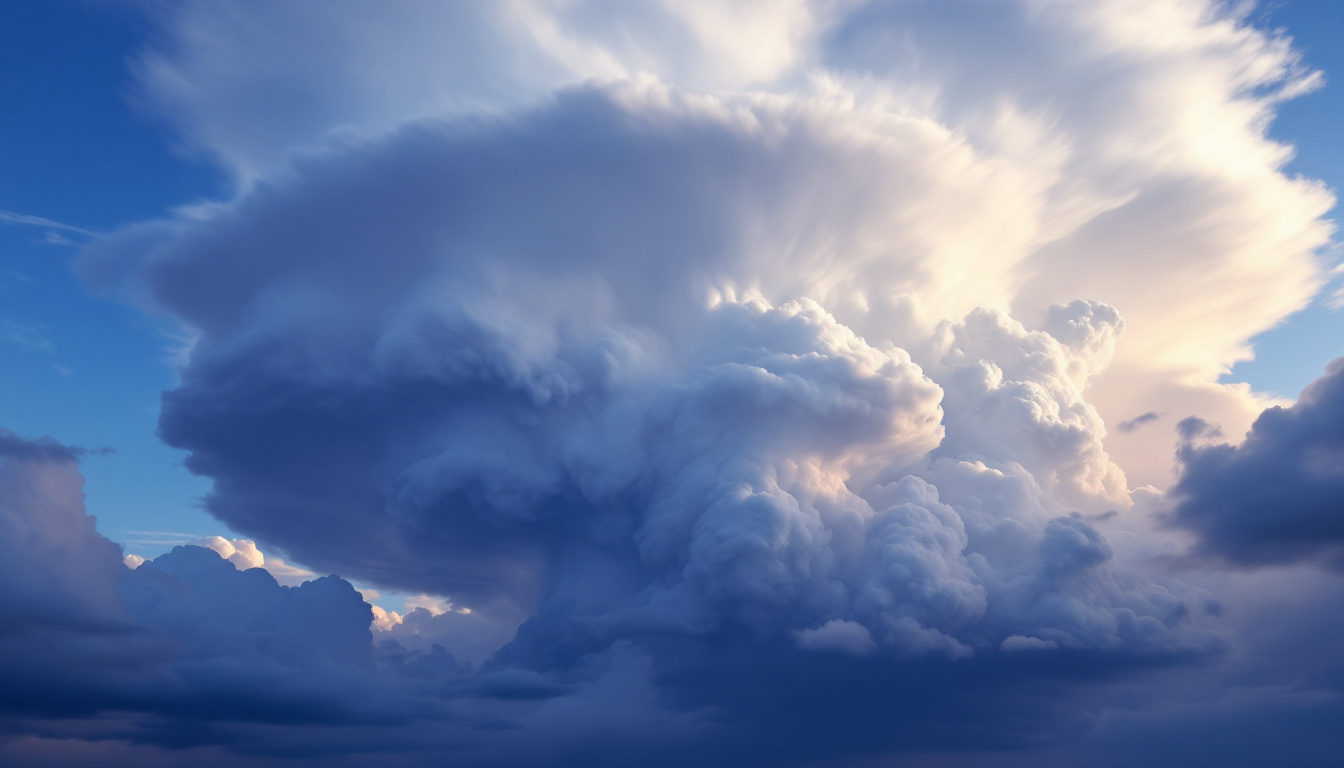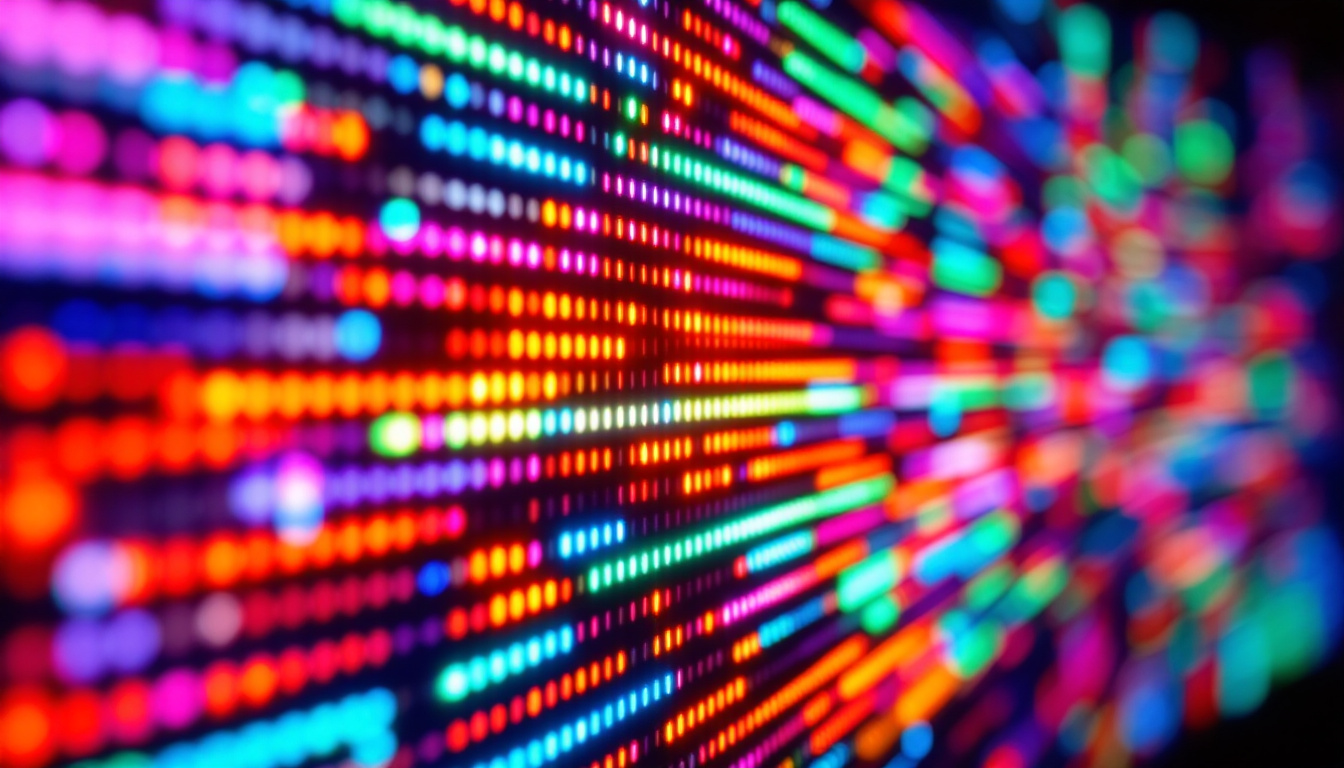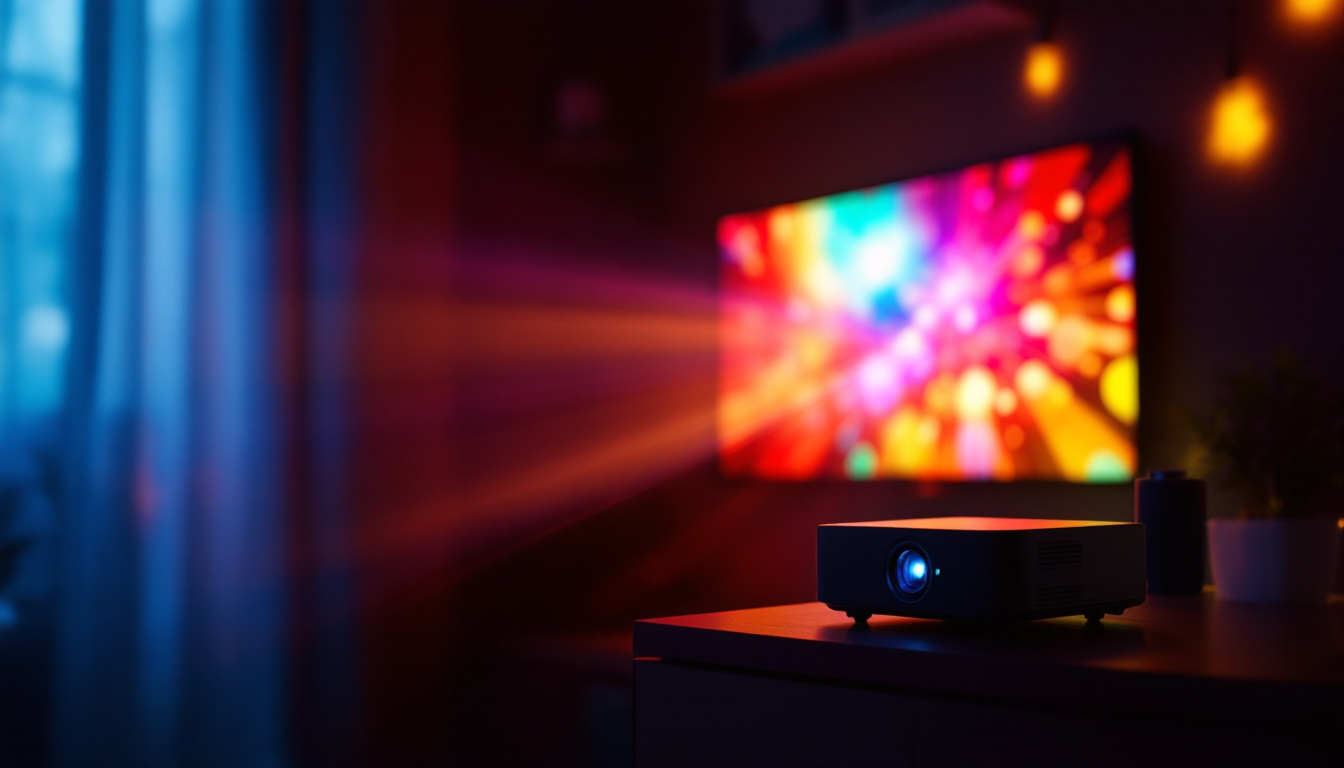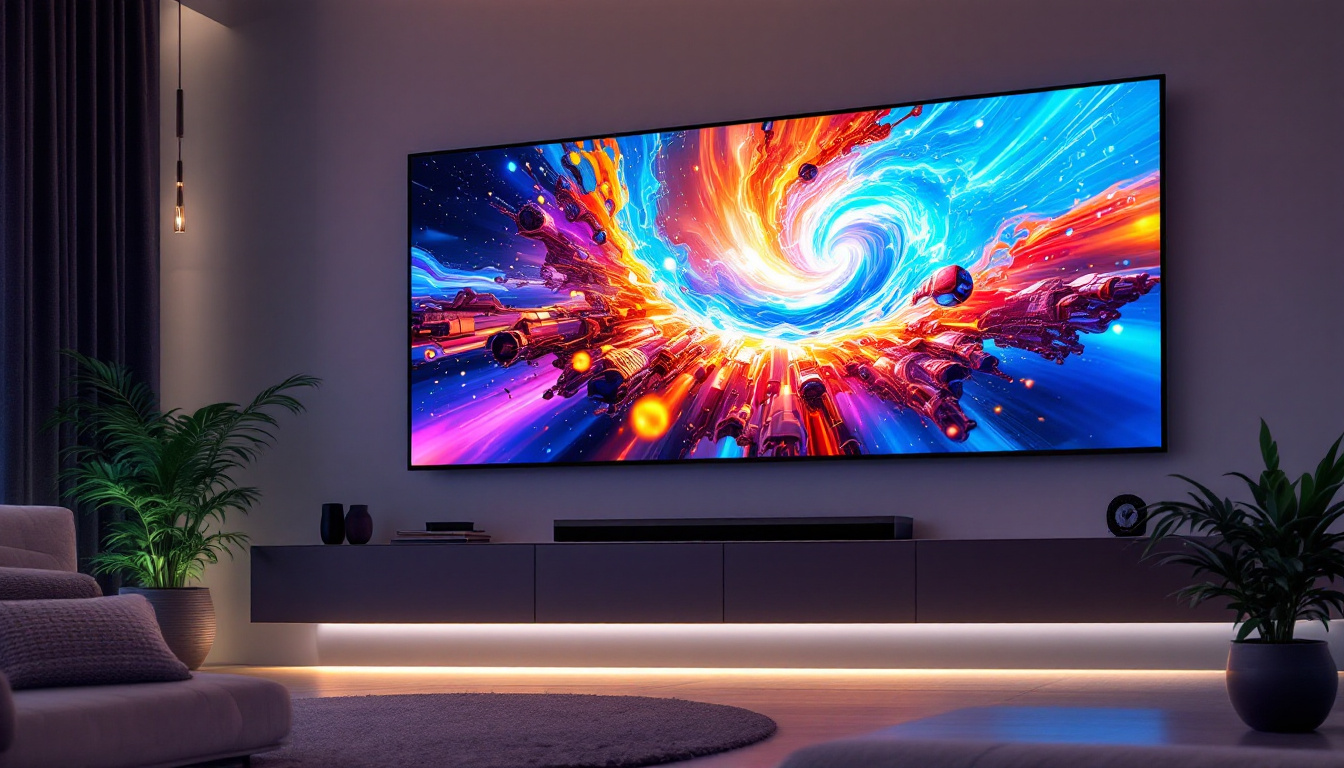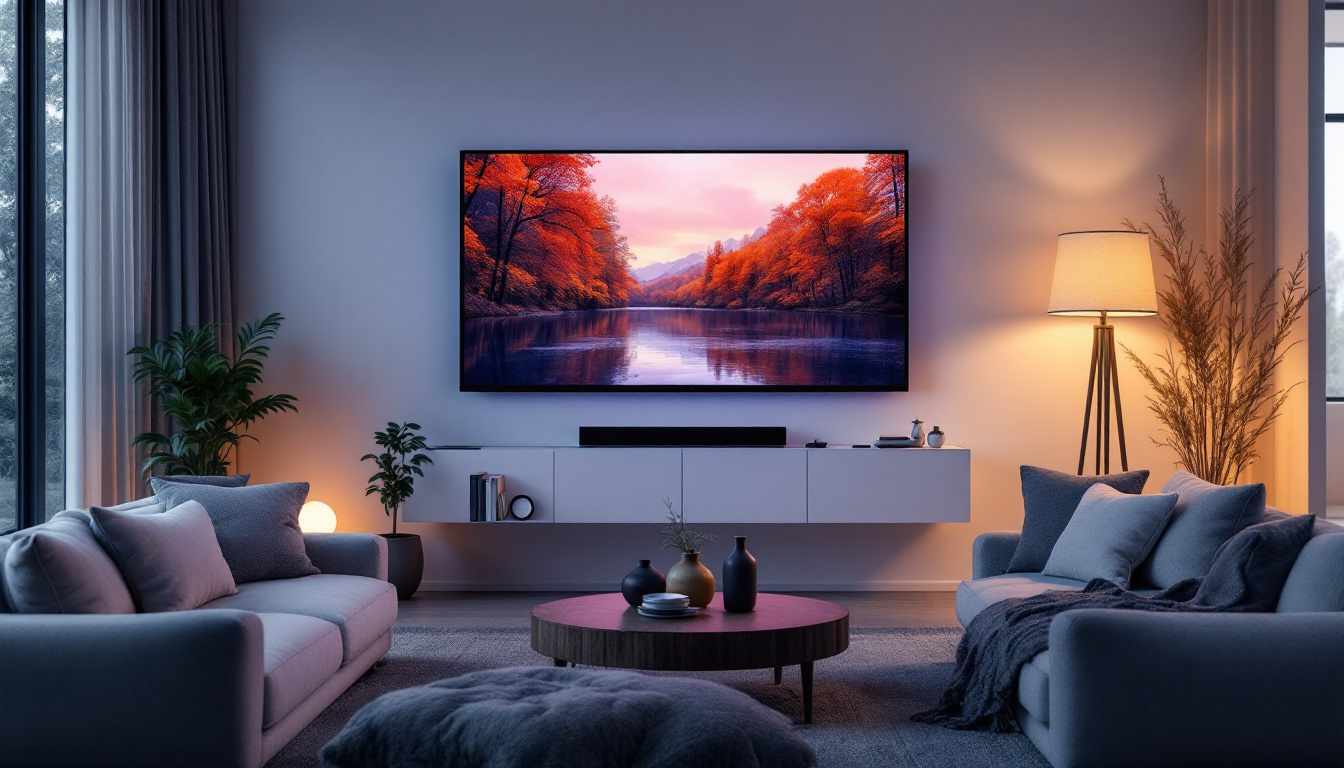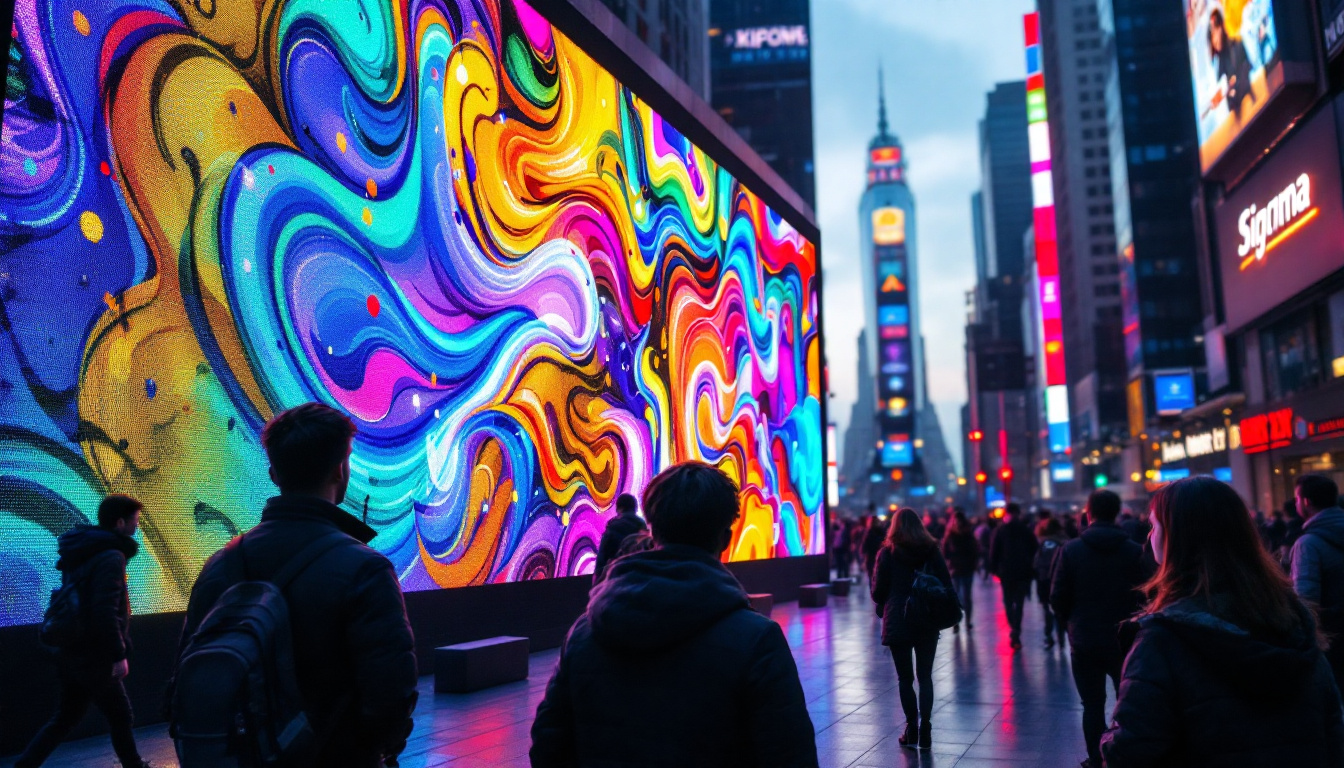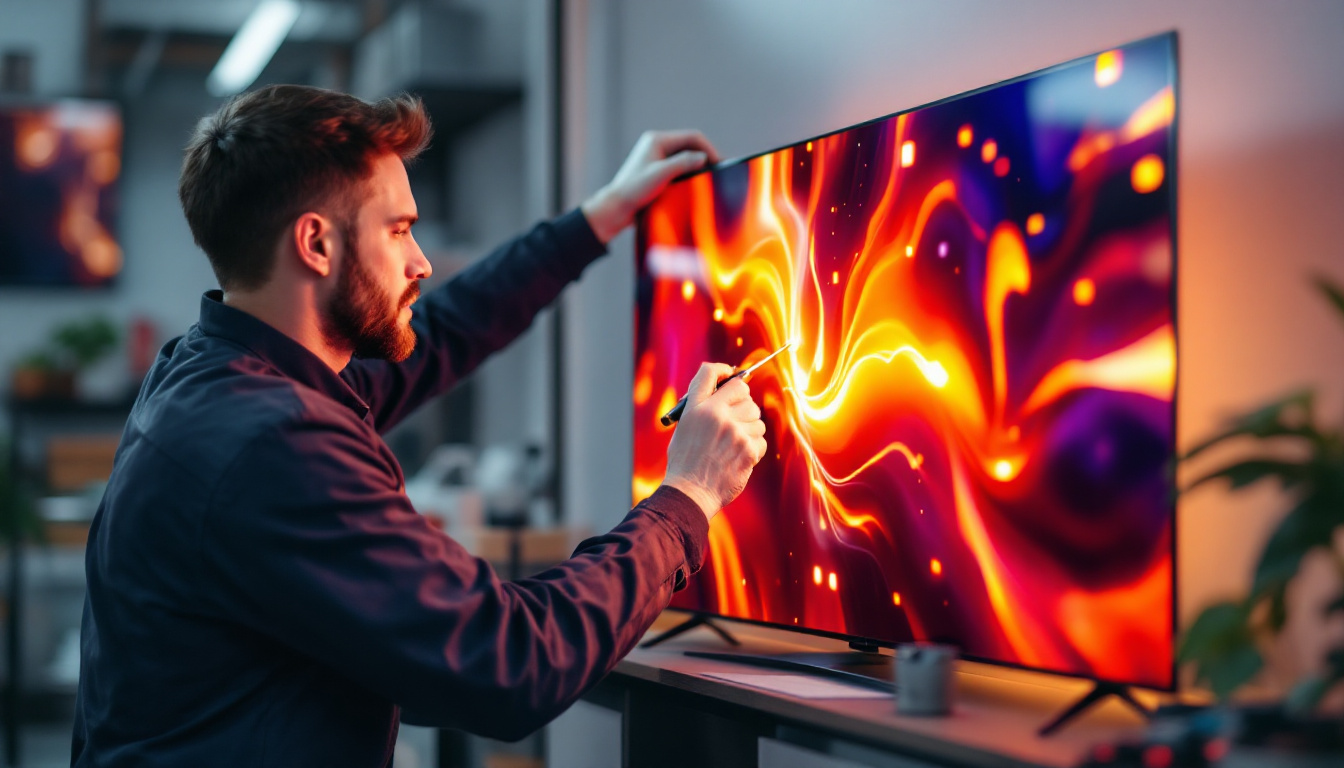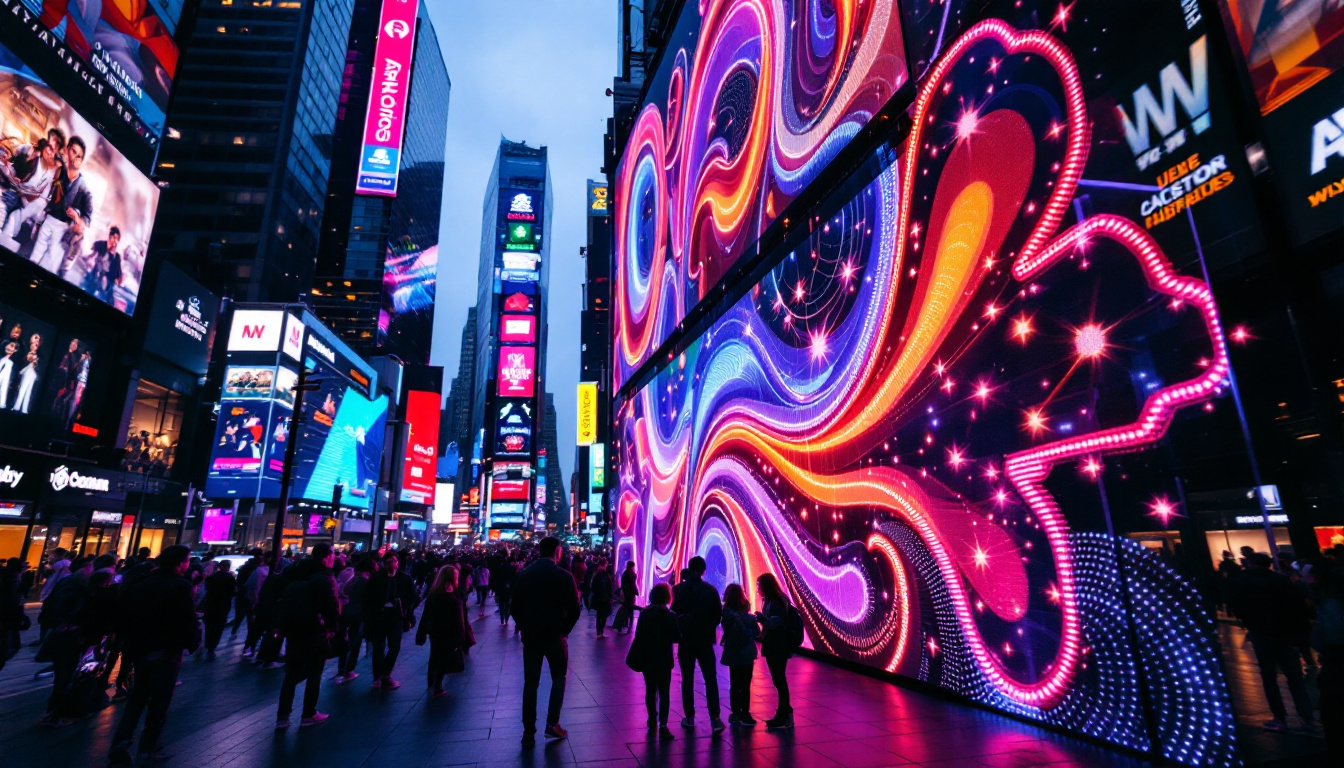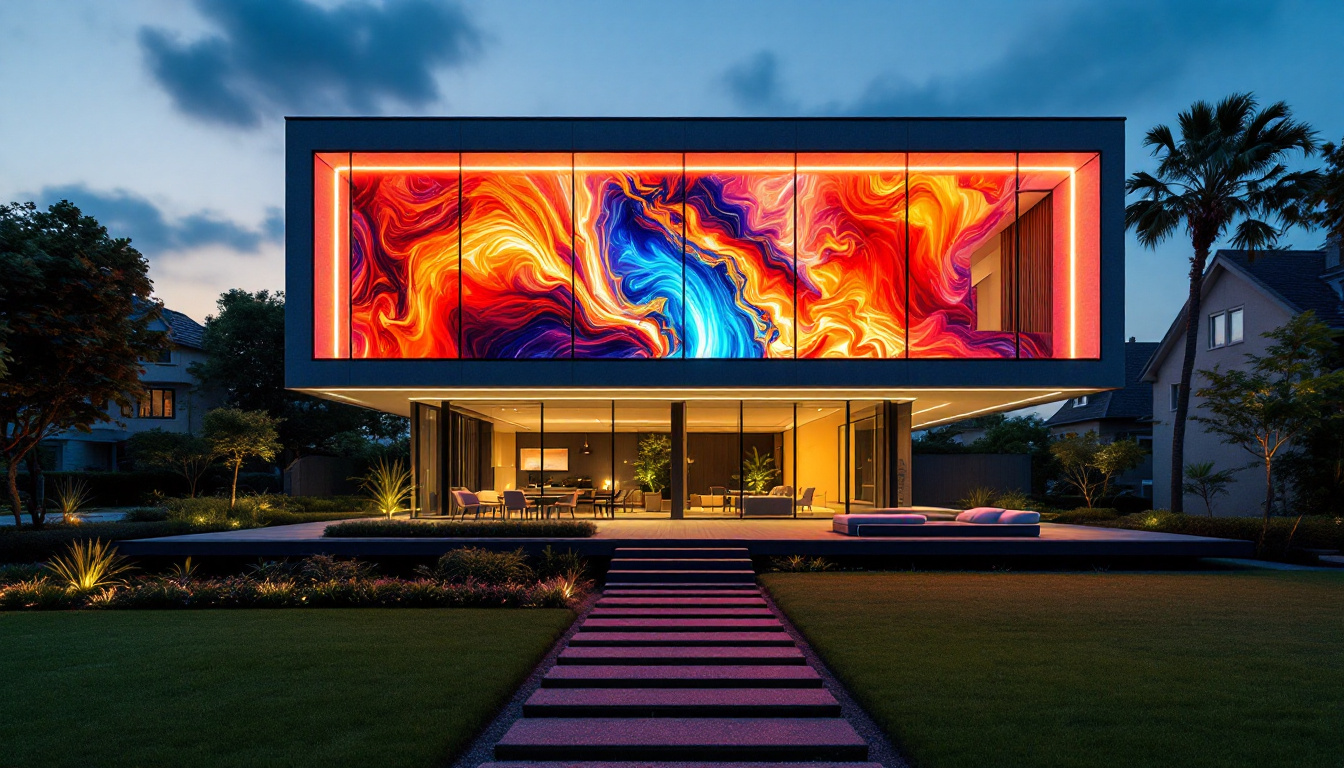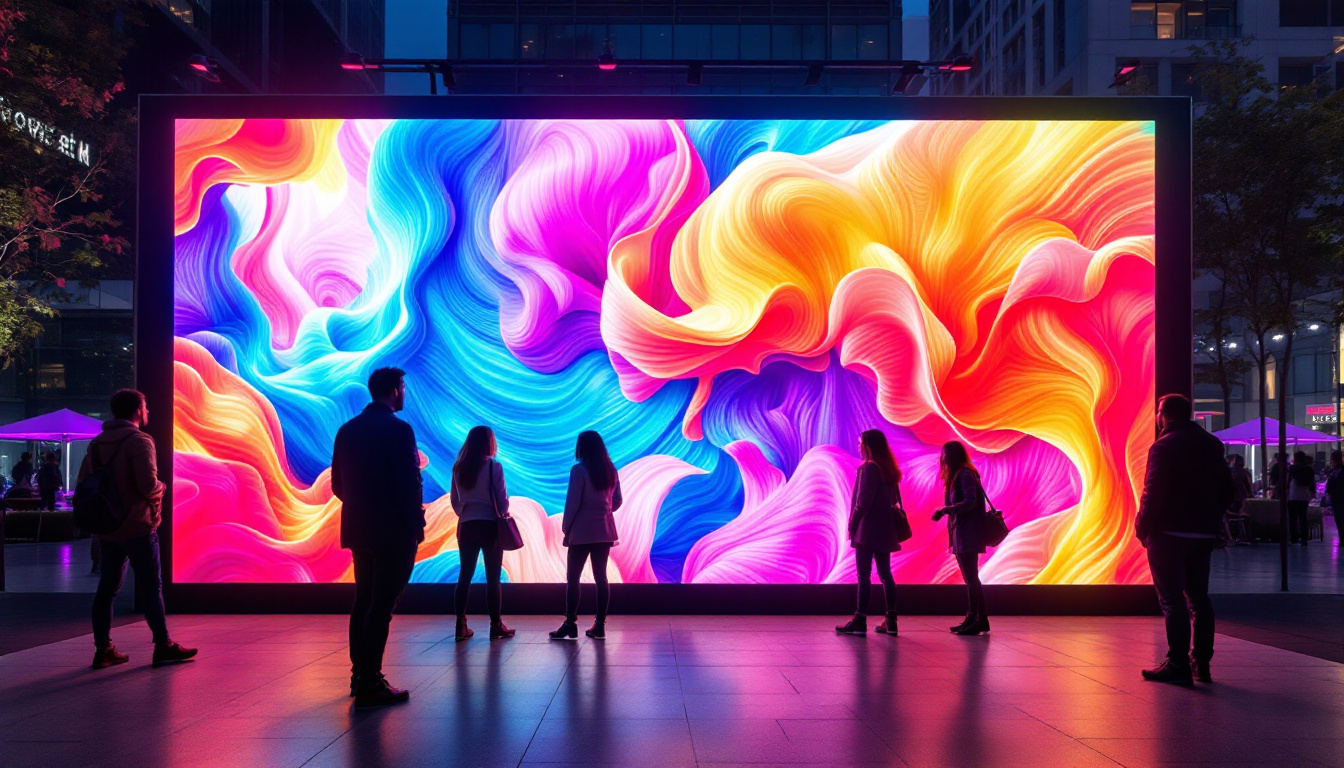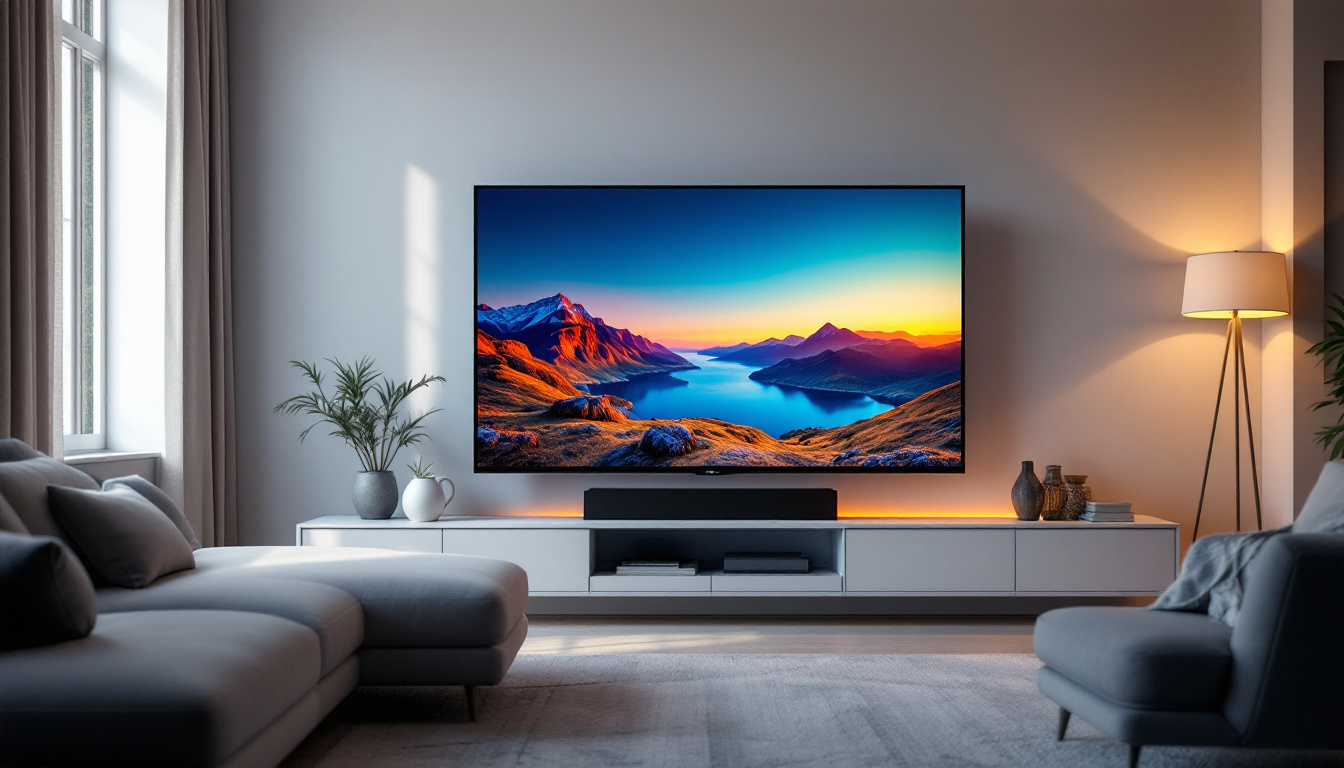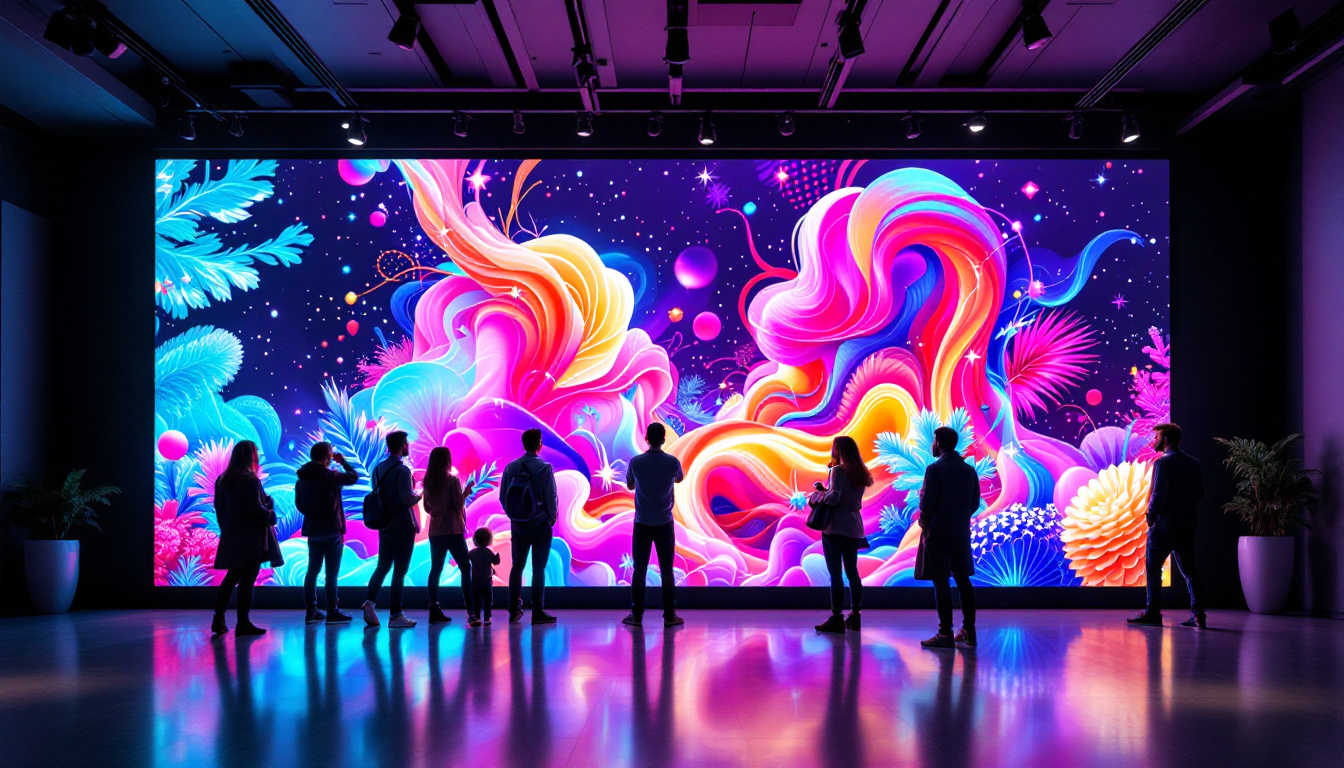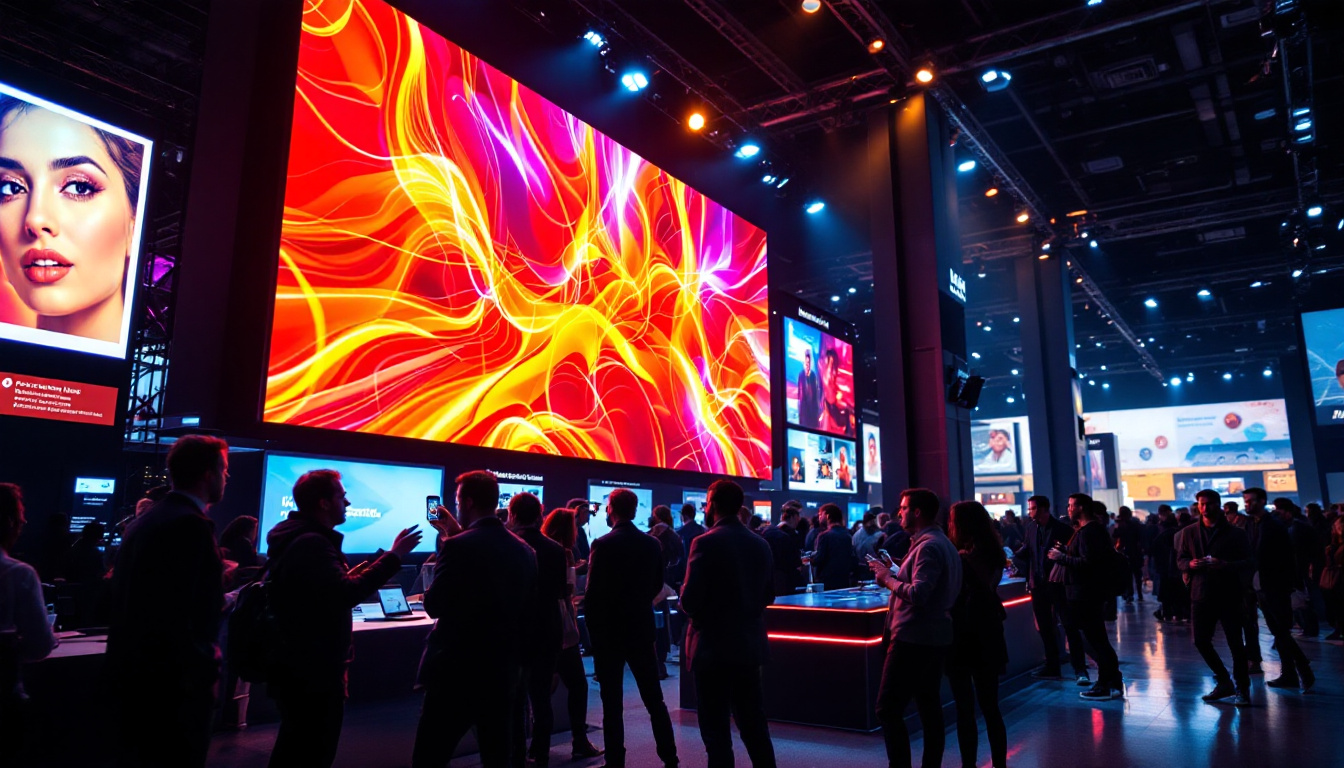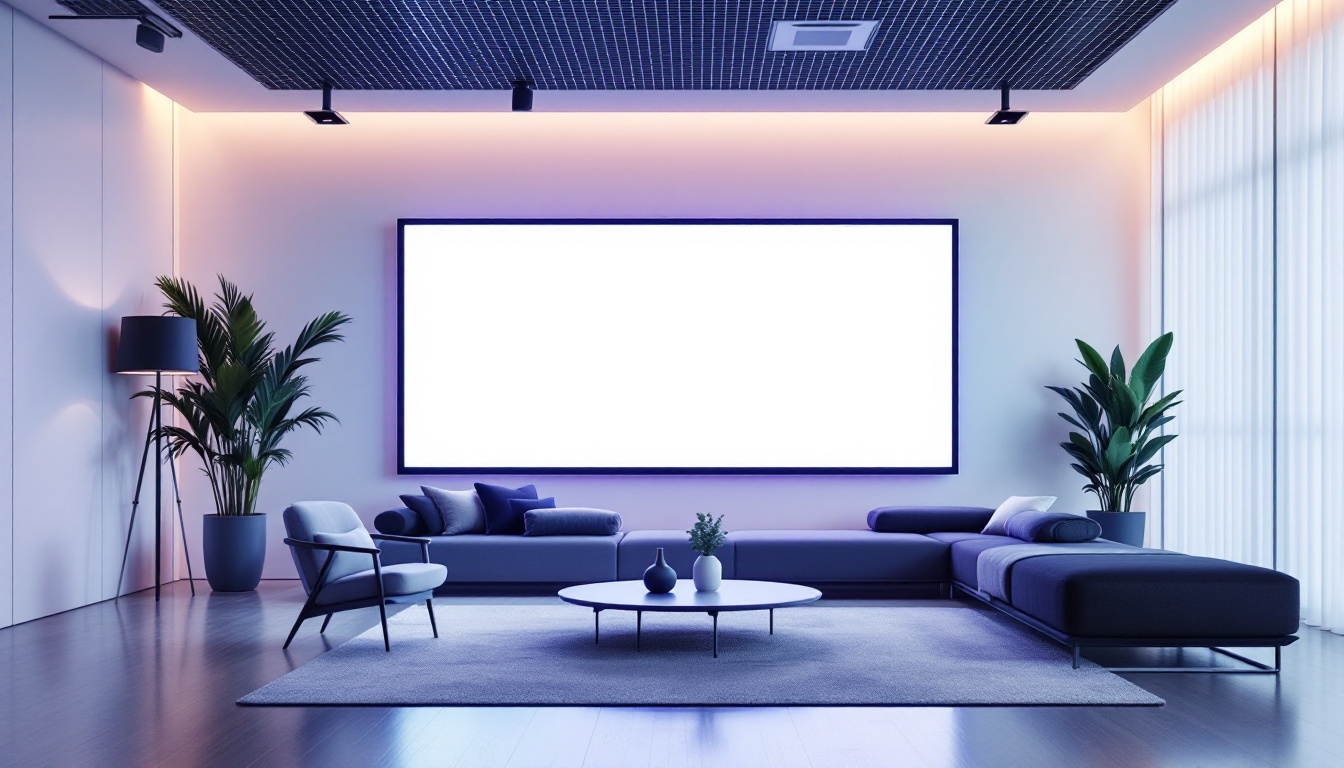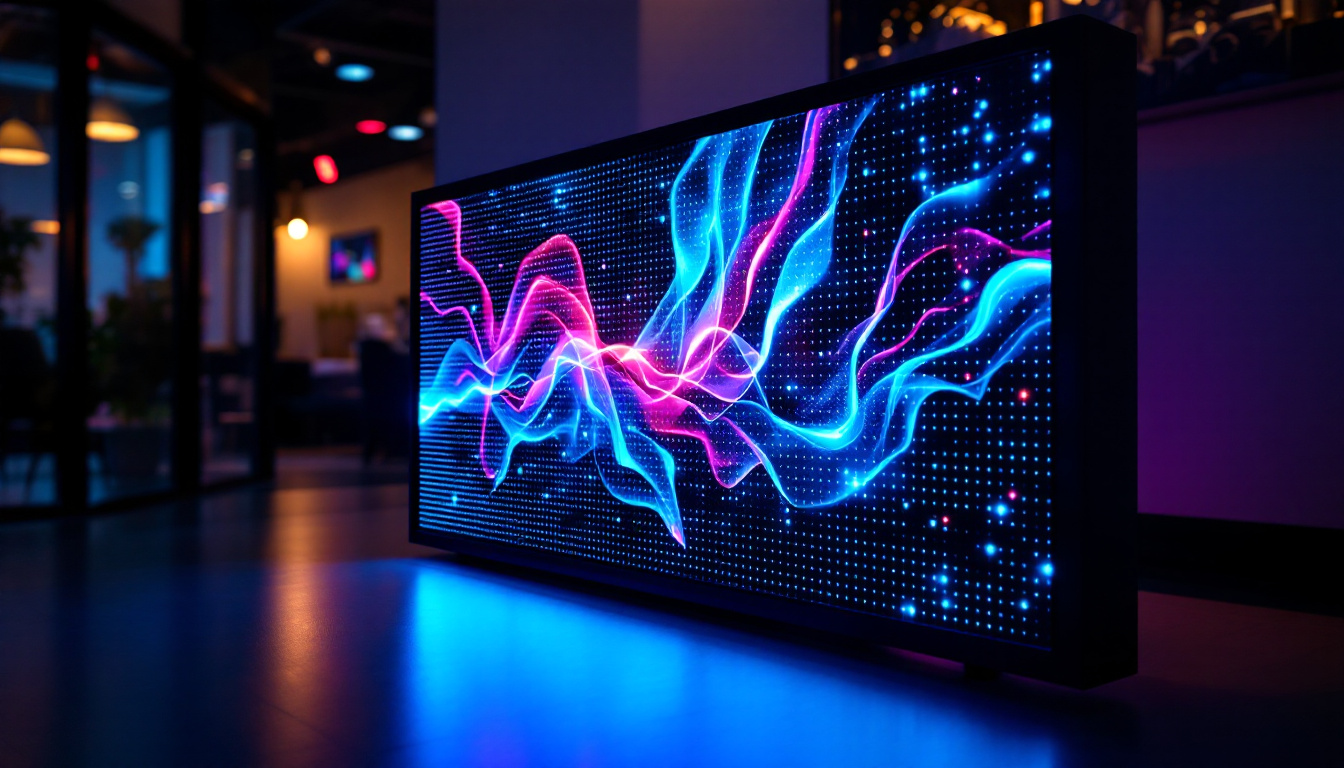What’s A Wall Cloud: LED Display Explained
In the realm of modern advertising and information dissemination, LED displays have become a cornerstone technology. Their versatility, brightness, and energy efficiency make them ideal for a variety of applications. Among the different configurations of LED displays, the term “wall cloud” has emerged, capturing the interest of businesses and technology enthusiasts alike. This article delves into what a wall cloud is, its applications, and its advantages over traditional display technologies.
Understanding Wall Clouds
A wall cloud is essentially a large, flat display of LED panels that are mounted in a way that resembles a wall. These displays can be found in various environments, from retail stores to sports arenas, and even in corporate settings. The design allows for a seamless visual experience, making it an attractive option for businesses looking to enhance their branding and communication strategies.
The Structure of a Wall Cloud
Wall clouds are constructed using multiple LED panels that are interconnected. This modular design allows for flexibility in size and shape, accommodating different spatial requirements. The panels are typically housed in a robust frame that ensures durability and stability, crucial for both indoor and outdoor applications.
Moreover, the pixel pitch of the LED panels can vary, affecting the display’s resolution and viewing distance. A smaller pixel pitch results in a higher resolution, making it suitable for close viewing, while a larger pixel pitch is more appropriate for distant viewing scenarios. The choice of pixel pitch can significantly influence the overall effectiveness of the display, particularly in environments where detailed visuals are essential, such as museums or art galleries.
Applications of Wall Clouds
Wall clouds are utilized in a myriad of settings. retail environments often employ them to showcase promotions, product launches, or brand messaging. The dynamic nature of LED displays allows businesses to update content in real-time, ensuring that customers are always engaged with the latest information. This capability not only enhances customer interaction but also allows for targeted advertising, where specific messages can be delivered based on the time of day or audience demographics.
In sports arenas, wall clouds serve as a medium for displaying scores, player statistics, and instant replays. Their brightness and clarity ensure that spectators can enjoy a comprehensive viewing experience, regardless of their seating position. Additionally, wall clouds can be integrated with social media feeds, allowing fans to see live updates and reactions during games, further enriching the atmosphere and engagement during events.
Advantages Over Traditional Displays
One of the most significant advantages of wall clouds is their ability to deliver high-quality visuals in a variety of lighting conditions. Unlike traditional LCD or projection displays, LED technology maintains its brightness and clarity even in direct sunlight. This feature makes wall clouds particularly effective for outdoor advertising, where visibility is paramount. Furthermore, the versatility of wall clouds allows them to be used in temporary installations, such as events or festivals, where flexibility and quick setup are essential.
Additionally, wall clouds are energy-efficient, consuming less power compared to other display technologies. This efficiency not only reduces operational costs but also aligns with sustainability initiatives that many organizations are adopting today. The long lifespan of LED panels further contributes to their eco-friendliness, as they require less frequent replacement, thereby minimizing waste. With advancements in technology, wall clouds are also becoming increasingly smart, capable of integrating with IoT systems for enhanced functionality, such as automated brightness adjustments based on ambient light conditions or remote content management through cloud-based platforms.
Technical Aspects of Wall Clouds
Understanding the technical specifications of wall clouds can help businesses make informed decisions about their display needs. Key factors include resolution, brightness, and refresh rate, all of which contribute to the overall performance of the display.
Resolution and Pixel Pitch
The resolution of a wall cloud is determined by the pixel pitch, which is the distance between individual pixels. A smaller pixel pitch means more pixels per square foot, resulting in a sharper image. For instance, a pixel pitch of 2mm would be ideal for environments where viewers are close to the display, such as retail stores or trade shows.
Conversely, a larger pixel pitch, such as 10mm, would be more appropriate for larger venues where viewers are situated further away. Understanding the viewing distance and the intended use of the display is crucial when selecting the appropriate pixel pitch.
Brightness and Contrast Ratio
Brightness is measured in nits, and a higher brightness level is essential for outdoor displays that must compete with sunlight. Wall clouds typically range from 1,000 to 10,000 nits, with outdoor displays requiring at least 5,000 nits to ensure visibility in bright conditions.
Contrast ratio is another critical factor, as it affects how well the display can render colors and details. A higher contrast ratio allows for deeper blacks and more vibrant colors, enhancing the overall viewing experience.
Refresh Rate and Viewing Angle
The refresh rate of a wall cloud is the frequency at which the display updates the image. A higher refresh rate is particularly important for video content, as it reduces motion blur and provides a smoother viewing experience. For most applications, a refresh rate of 60Hz is sufficient, but higher rates may be necessary for fast-paced video displays.
Viewing angle is also an important consideration. Wall clouds should be designed to provide a wide viewing angle, ensuring that the display remains clear and vibrant from various positions. This is particularly relevant in environments like stadiums or large venues where viewers are dispersed.
Installation and Maintenance
Installing a wall cloud requires careful planning and execution. Factors such as location, power supply, and structural support must be taken into account to ensure a successful installation. Additionally, ongoing maintenance is crucial to uphold the display’s performance and longevity.
Installation Considerations
Before installation, a site survey is often conducted to assess the best location for the wall cloud. This includes evaluating the surrounding environment, potential obstructions, and the electrical infrastructure needed to support the display. Proper mounting and alignment are also essential to ensure that the display functions optimally.
Once installed, the wall cloud should be tested to confirm that all panels are functioning correctly and that the image quality meets expectations. Calibration may be necessary to adjust brightness, color balance, and other settings for optimal performance.
Regular Maintenance Practices
Regular maintenance is vital for keeping a wall cloud in top condition. This includes routine cleaning to remove dust and debris that can affect visibility. Additionally, software updates may be required to ensure that the display operates efficiently and securely.
Monitoring the performance of the display is also essential. Many modern wall clouds come equipped with diagnostic tools that can alert operators to any issues, allowing for timely repairs and minimizing downtime.
Longevity and Durability
Wall clouds are designed to withstand various environmental conditions, particularly those used outdoors. They are typically constructed with weather-resistant materials and have protective features to guard against moisture, dust, and temperature fluctuations. This durability contributes to their longevity, making them a worthwhile investment for businesses.
Future Trends in Wall Cloud Technology
As technology continues to evolve, so too does the potential for wall clouds. Emerging trends are shaping the future of LED displays, making them even more versatile and effective for various applications.
Integration with Smart Technologies
One of the most exciting trends is the integration of wall clouds with smart technologies. This includes the ability to connect displays to the Internet of Things (IoT), allowing for real-time data updates and interactive content. For example, retailers can display dynamic pricing based on inventory levels or customer engagement metrics.
Furthermore, the use of artificial intelligence (AI) can enhance content personalization, tailoring messages to specific audiences based on demographics and behavior. This level of customization can significantly improve engagement and conversion rates.
Advancements in Display Technology
Advancements in LED technology are also paving the way for brighter, more efficient displays. Innovations such as microLED and organic light-emitting diode (OLED) technology promise to deliver even higher resolutions and better color accuracy. These technologies could revolutionize the way wall clouds are used, making them more appealing for high-end applications.
Additionally, the development of flexible LED panels may allow for more creative display designs, enabling businesses to create unique shapes and configurations that were previously impossible.
Sustainability Initiatives
As sustainability becomes a priority for many organizations, the demand for eco-friendly display solutions is on the rise. Wall clouds that utilize energy-efficient components and sustainable manufacturing processes are likely to gain traction. This shift not only meets consumer expectations but also aligns with corporate responsibility goals.
Moreover, recycling programs for outdated LED displays are becoming more common, allowing businesses to minimize their environmental impact while upgrading their technology.
Conclusion
Wall clouds represent a significant advancement in LED display technology, offering businesses a powerful tool for communication and engagement. Their unique structure, combined with the advantages of LED technology, makes them an attractive option for various applications.
As the technology continues to evolve, wall clouds will likely become even more versatile, integrating with smart technologies and adopting sustainable practices. For businesses looking to enhance their visibility and connect with audiences, investing in a wall cloud could be a game-changing decision.
In a world where attention is a valuable commodity, wall clouds offer a dynamic and effective way to capture and retain that attention, making them an essential component of modern advertising and information sharing.
Discover LumenMatrix LED Display Solutions
Ready to elevate your brand’s presence and captivate your audience with unparalleled visual experiences? Look no further than LumenMatrix, a pioneer in LED display technology. From vibrant Indoor and Outdoor LED Wall Displays to innovative solutions like Vehicle LED Displays, LED Posters, and LED Sports Displays, LumenMatrix offers a comprehensive range of products designed to revolutionize visual communication. Whether you’re seeking a Custom LED Display, an All-in-One solution, or the mesmerizing effects of a LED Transparent Display, LumenMatrix has the cutting-edge technology to bring your vision to life. Don’t miss the opportunity to transform your messaging and engage with your audience like never before. Check out LumenMatrix LED Display Solutions today and step into the future of digital signage.

